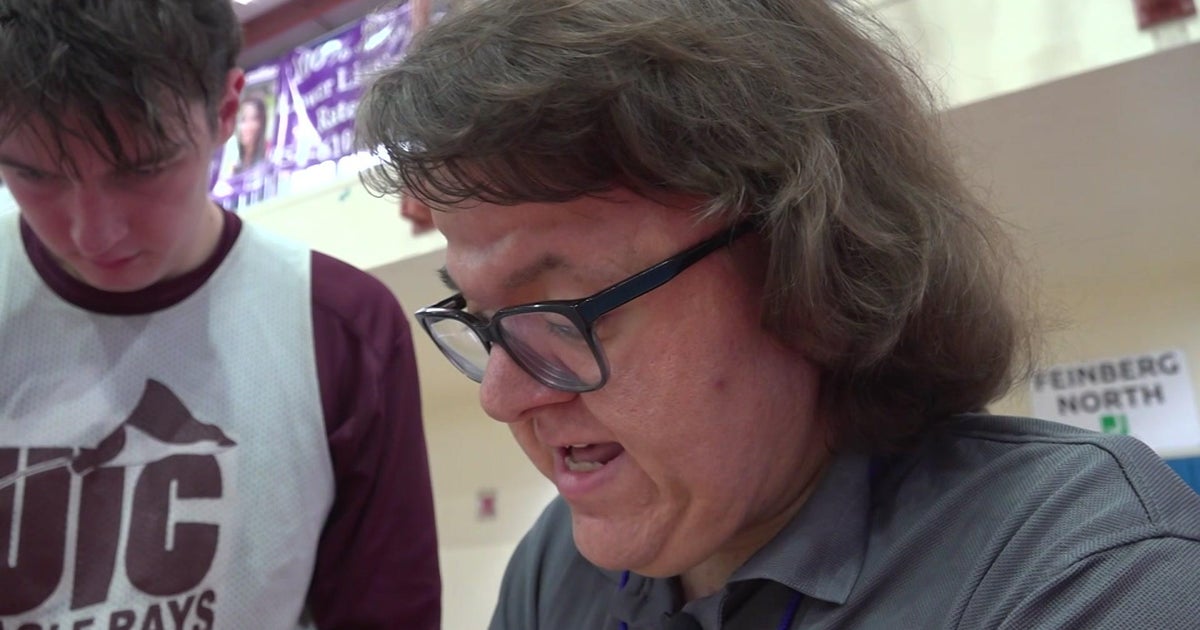Robotics Shutdown Briefly Strands Astronaut During Spacewalk
CAPE CANAVERAL (CBS4) -- The International Space Station is getting an extra storage room. Space shuttle Discovery delivered the new compartment over the weekend. Astronauts will install the 21-foot-long chamber Tuesday morning. It's loaded with supplies as well as a humanoid robot.
Monday, a robotic system shutdown interrupted a spacewalk outside the International Space Station, leaving an astronaut stuck with an 800-pound pump in his hands for nearly a half-hour.
Good thing it was weightless.
Spacewalker Stephen Bowen was in no danger, but it didn't sound pleasant.
Mission Control asked if he was comfortable.
"I'm fine as long as it's not too much longer," Bowen radioed. "How much longer?"
Bowen was perched on a small platform at the end of the 58-foot robotic arm, used to carry spacewalking astronauts where they need to go.
The problem arose at the two-hour mark when a work station controlling the robot arm shut down. The astronauts operating the arm inside the space station rushed with all their manuals, notes and laptops to another computer station in another room.
It took a while to get the second station working. For nearly a half-hour, the arm was motionless, with Bowen stuck gripping the 5-by-4-foot broken cooling pump.
He dared not let go.
Bowen was told the trouble would be resolved soon. But it took several more minutes until the robot arm came back to life. Finally, the operation resumed and Bowen carried the pump to its new location on the exterior of the space station. He got help from fellow spacewalker Alvin Drew in latching the pump down.
NASA officials later blamed a computer software glitch and said it had been corrected.
Despite the snag, Bowen and Drew managed to complete all their major chores, including prep work for installing a new storage room at the station. They even had time for an education experiment.
As the 6 1/2-hour spacewalk wrapped up, Drew twisted the top of a small bottle, ridding it of air and filling it with the vacuum of space. NASA calls the Japanese experiment "message in a bottle."
There's no actual message inside, but the bottle is signed by astronauts and will be put on display in Japan. It's an effort by the Japanese Space Agency to raise public interest.
In a bit of space trivia, Drew became the world's 200th spacewalker when he emerged from the 220-mile-high complex. The first was Soviet cosmonaut Alexi Leonov in 1965. He and Bowen will go back out Wednesday for one final spacewalk.
Bowen got his spacewalking assignment as a substitute for Timothy Kopra, who was injured last month in a bicycle accident and bumped off the flight.
And he won't get a shot at another shuttle ride. This is Discovery's final voyage, and only two other shuttle trips remain. The fleet will be retired by summer's end.
Late Monday, the astronauts learned they will get an extra day in space, with the mission extended to 12 days. The astronauts will do some extra work at the space station, and there may be a flyaround of the entire complex by a Soyuz capsule for picture-taking.
Once landing on March 8, Discovery will be retired and sent to the Smithsonian Institution. It's NASA's longest flying shuttle, circling the planet for what amounts to nearly a year over its lifetime of 39 missions in 26 years.
Shuttle Endeavour, meanwhile, was moved into NASA's Vehicle Assembly Building down in Florida as the spacewalk unfolded. It should head to the pad next week for an April 19 launch.
(© 2011 The Associated Press. All Rights Reserved. This material may not be published, broadcast, rewritten, or redistributed.)



